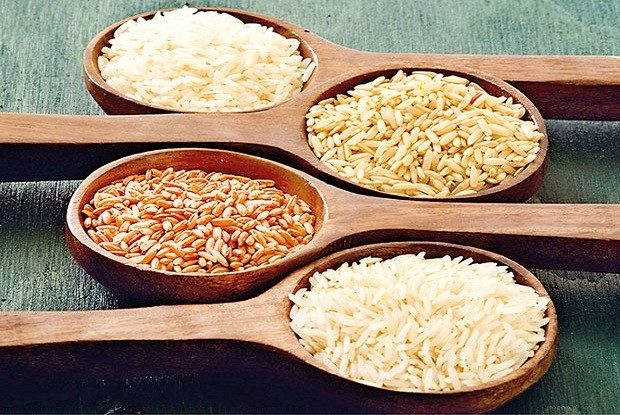Being a staple of Sri Lankan cuisine, rice is an important crop. So much so that rice paddies across the island are protected from being developed into something else; thereby leaving huge swathes of luscious green land, most of which are still irrigated by water systems put in place thousands of years ago by early Sri Lankan civilizations.
Let us take a look at some important statistics of rice cultivation presented by the Department of Agriculture in Sri Lanka:
- Rice occupies 34% of total cultivation in Sri Lanka.
- Approximately 1.8 million families island-wide are engaged in paddy cultivation.
- Current production of rice is about 2.5 million tons annually to satisfy 95% of the domestic requirement.
- For an average Sri Lankan, rice provides 45% total calorie intake and 40% total protein requirement.
- The per capita consumption of rice ranges at about 100kg per year.
- The annual demand for rice is expected to grow at 1.1%
- Annual production should grow at 2.9% to meet this demand.
- Sri Lanka’s current cost of production for rice is LKR 8.57 per kg, with labor occupying 55% of this cost.
How it Started?
Reliable historical records indicate that rice cultivation in Sri Lanka originated from the ancient city of Anuradhapura. With the added benefit of being located in the dry zone, Anuradhapura was a flourishing rice growing region from 161BC to 1017 AD.
Rice cultivation became more of a way of life in the nation rather than an economic activity. Successful weaving resulted in the togetherness of society, culture and religion throughout the country. Ancient rulers constructed large scale tanks and irrigation systems to aid the production of rice and are still proudly used today.
The two main rice cultivation seasons are as follows:
| Season | Planting | Harvesting | Total % | Dependent Monsoon |
| Yala (Minor) | Apr-May | Aug-Sept | 30% | Southwest |
| Maha (Major) | Oct-Nov | Feb-March | 70% | Northeast |
As of today, some of the major rice producing areas in Sri Lanka are Anuradhapura, Kurunegala, Polonnaruwa, Hambantota, Ampara, Monaragala, Badulla, Matale, Puttalam and Trincomalee.
Types of Rice Cultivated
Compared to 400 different varieties of rice cultivated in ancient Sri Lanka, just a few strains are widely grown today, all of which are fertilizer dependent.
- Samba
- Keeri Samba
- Red Nadu
- Red Samba
- Nadu
Consumption of Rice
Approximately:
- 60% of rice consumption constitutes long grain white rice
- 30% rice consumption constitutes short grain white rice
- 10% is parboiled red rice and other local varieties
- Minor percentage of consumption is of imported varieties from India and Pakistan
Tourist Gains
During your tour in Sri Lanka, you will certainly notice rice being used as a staple food wherever you go. In fact the most popular local dish that you cannot fail to try is the authentic ‘rice and curry meal’. One of the activities offered to tourists in Sri Lanka is a cooking class to learn how to prepare this meal, which gives you something delicious to take back home!
As you drive around, notice the massive paddy fields and stop for a few minutes to capture the beauty of these on your camera. From seeding to cropping to harvesting, rice cultivation is a complex process indeed. If you want to learn more, the best thing to do is have a chat with one of the 1.8 million families engaged in rice cultivation and they will be more than glad to fill you in.

